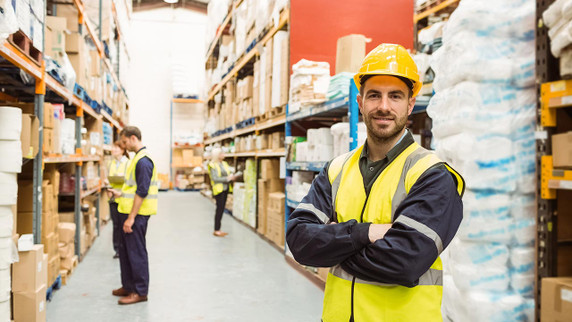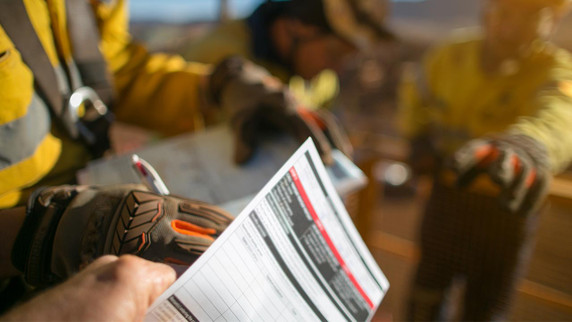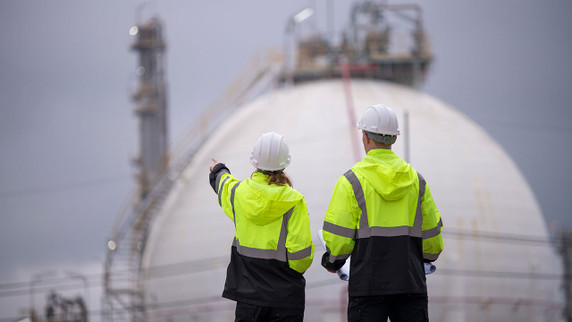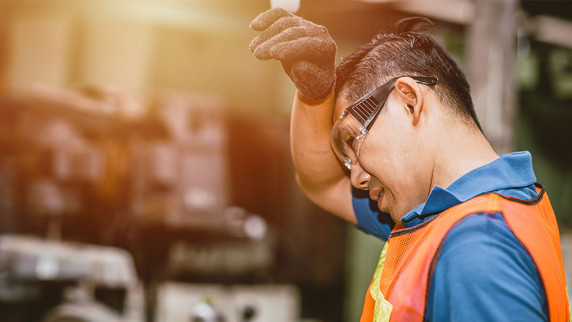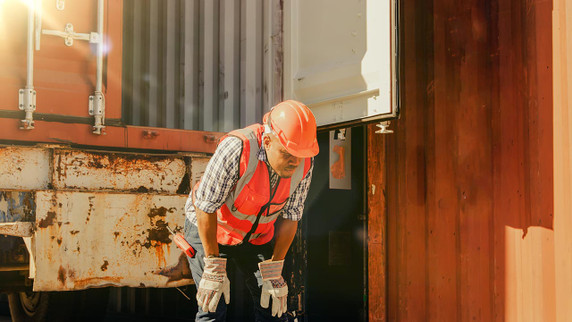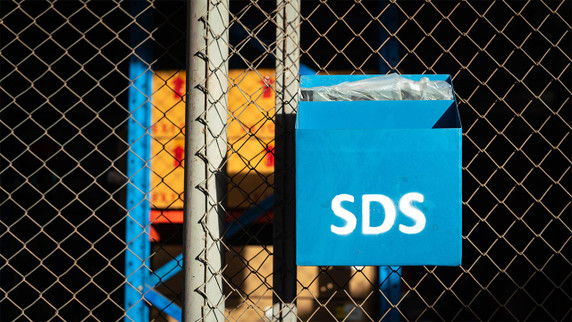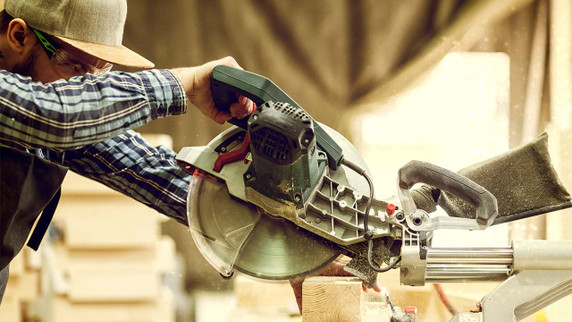Workplace Health and Safety (WHS) is essential for protecting workers and meeting legal requirements. However, misconceptions about WHS can lead to poor safety practices, non-compliance, and increased risks. Many businesses may unknowingly operate under false assumptions that can compromise workplace safety and productivity. From the belief that W…
While Workplace Health and Safety (WHS) management is essential for protecting employees and ensuring operational efficiency, many organisations still operate with a reactive approach, responding to incidents after they occur. With a 5% increase in fatalities resulting from work-related injuries according to recent reports, transitioning to proactive W…
Industrial operations encompass a wide range of sectors, including manufacturing, which is focused on the large-scale production of goods. These operations involve complex processes, supply chains, and technologies to convert raw materials into finished products. Due to the high number of work-related deaths and injuries, this industry is recognised as…
Sexual and gender-based harassment remains a serious issue in Australian workplaces, affecting employees’ safety, wellbeing, and productivity. According to the Australian Human Rights Commission, nearly one in three workers have experienced workplace sexual harassment in the past five years. The consequences of failing to address harassment are s…
Every day, we encounter various environmental hazards, both at home and in the workplace. Understanding these workplace hazards is crucial to safeguarding yourself and your employees. Over 60% of Australian workers face multiple hazards on the job, averaging 2.6 hazards per worker across nine categories of safety hazards, including airborne threat…
Are you a business startup wondering if you need to worry about WHS laws compliance? The answer is yes. Under Work Health and Safety (WHS) laws, starting a business in Australia means you are responsible for ensuring a safe working environment. WHS should be a priority for any business, regardless of size or industry. This guide will simplify the WHS e…
Australia is currently facing a heatwave like no other, with temperatures soaring as high as 49.3 °C (120.7 °F) in places like Geraldton. Severe heatwave warnings have been issued for regions across Western Australia, including Perth, and Queensland, from Cape York Peninsula to Mackay. Cities like Cairns and Townsville are bracing for extr…
Under the Work Health and Safety (WHS) laws, employers (PCBUs) are required to ensure a safe work environment for workers. This includes minimising risks associated with the impacts of climate change. Australia's average temperatures have risen by 1.51°C from 1910 to 2023. A global average temperature increase of 1.5°C is a critical benchmark in global…
Clear and readily accessible Safety Data Sheets (SDS) are essential for preventing potential hazards in the workplace. Picture a warehouse where employees regularly handle industrial solvents. By consulting the SDS before use, workers gain critical knowledge on proper storage, usage, and disposal, ensuring they can manage these substances safely and ef…
Key Performance Indicators (KPIs) are valuable tools for monitoring various metrics, from marketing and account management to employee health and safety. They provide insights, enhance decision-making, and facilitate effective performance evaluation across multiple domains. Organisations are responsible for ensuring their employees’ and stakeholders’ h…
Carpentry is a cornerstone of the Australian construction industry, playing a pivotal role in shaping homes, commercial buildings, and infrastructure. The demand for carpenters and joiners continues to rise in Australia, with a projected job growth of 11.7% by 2024. This calls for the crucial prioritising of woodworking safety. The construction industr…
Workplace inclusivity is a concept that is gaining increasing importance today. The Sustainable Development Goals (SDGs), a set of 17 global objectives established by the United Nations, aim to address environmental, political, and economic challenges by 2030. One of the goals, particularly SDG 8, aims to promote productive employment and dec…

